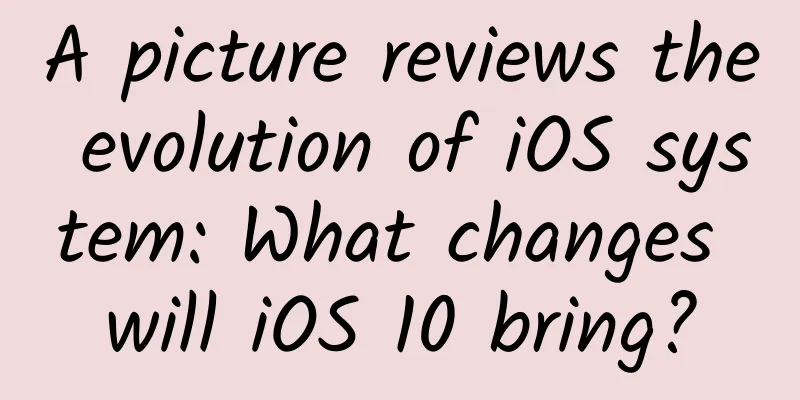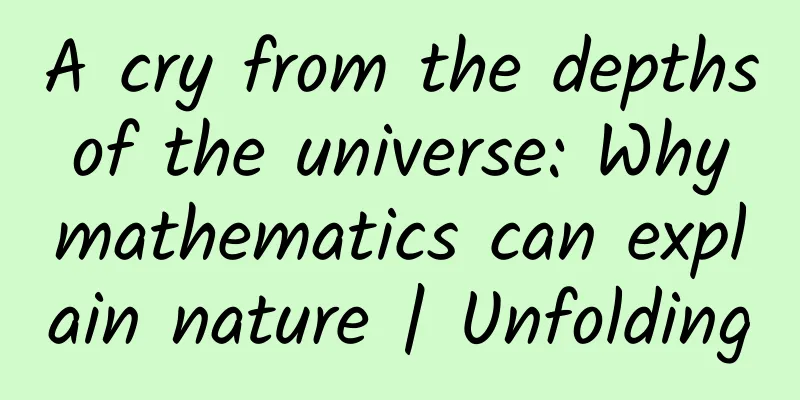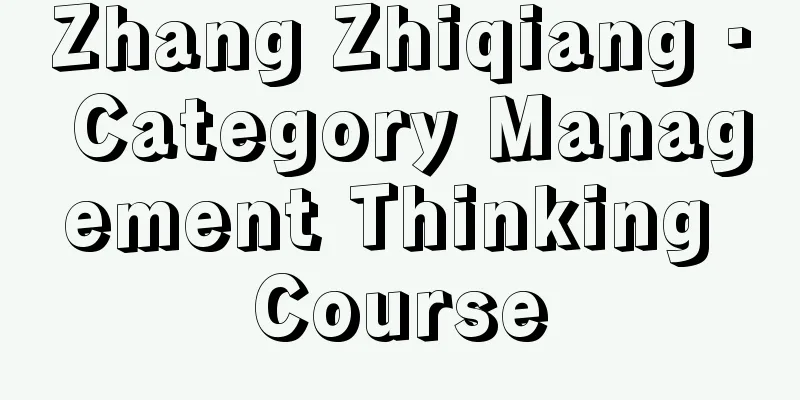It is said on the Internet that quantum entanglement produces the "Tai Chi diagram". Is it metaphysics again? The truth is...

|
Some time ago, a piece of news about quantum entanglement producing a "Tai Chi" pattern was widely circulated on the Internet. This "Tai Chi" pattern originated from a paper in Nature Photonics. (Paper link: https://www.nature.com/articles/s41566-023-01272-3) However, some people on the Internet, without investigating the truth, claimed that "quantum entanglement unexpectedly presents the Tai Chi diagram, and the end of science is metaphysics" and so on. In fact, this "Tai Chi diagram" was artificially created during an experiment. 1 The key to debunking the Tai Chi Diagram rumor: a pump light artificially modulated into the shape of Yin and Yang The title of this paper is translated into Chinese as "Amplitude and Phase Interference Imaging of Spatial Two-Photon States". The "two-photon state" here is a "quantum entangled state" . The authors of the paper are from the University of Rome in Italy and the University of Ottawa in Canada. According to the abstract of the paper, the researchers have greatly improved the efficiency of holographic imaging of two-photon states in experiments . Abstract of the paper "Amplitude and Phase Interferometry Imaging of Spatial Two-Photon States" (Image source: Screenshot of the paper) The widely circulated "Tai Chi" diagram is Figure 6 of this paper. We have cut out Figure 6 and marked the key information in yellow. The key information is: a beam of pump light with a yin-yang shape (see the small picture). Therefore, the input pump beam itself has the shape of the small figure in the upper right corner of Figure 6a. Figure 6a is the interference pattern of the SPDC state generated by the reference light and the pump light respectively, and Figure 6b is the shape of the pump light reconstructed through the interference pattern of a. The full name of SPDC is spontaneous parametric down-conversion, which is a bit confusing to read. All you need to know here is that it is the main method to produce two-photon quantum entanglement experimentally. Specifically, a beam of relatively high-frequency pump light hits a nonlinear crystal, continuously generating pairs of entangled photons . Due to the requirements of conservation of momentum and energy, the energy of the pair of photons generated is equal to the energy of a photon of pump light (the energy of a single photon is half of that of a photon of pump light, so it is called down-conversion), and the total momentum and angular momentum of the pair of photons are also equal to those of a photon of pump light. In this way, the pair of photons forms a quantum entangled state, that is, the path and polarization direction (spin angular momentum) are in an entangled state. Figure 6 of "Amplitude and Phase Interference Imaging of Spatial Two-Photon States" is the so-called "Tai Chi Diagram" circulated on the Internet (Image source: Screenshot of the paper) 2 How to generate “a beam of pump light with its own yin-yang shape”? Next, let’s take a look at how “a beam of pump light with its own yin-yang shape” is produced. Figure 2 of this paper depicts the experimental setup. Figure 2a is the optical path diagram of this experiment, where the green BBO crystal is the nonlinear crystal required for the SPDC process. The purple beam is the pump light, and the red beam is the entangled two photons, which are hit on two single-photon cameras through a beam splitter. Image source: Screenshot of the paper We note the yellow text: The shape of the pump light is generated by an ultraviolet spatial light modulator (UV-SLM). That is, the SLM on the far left of the figure determines the shape of the pump light, because the pump light has a wavelength of 405nm, so an ultraviolet SLM is needed to modulate it. In other words, the fundamental reason for the shape of the Yin-Yang Tai Chi diagram in Figure 6 is that the SLM sets the pump light (wavefront) into the shape of the Yin-Yang Tai Chi diagram . SLM stands for spatial light modulator . It is a new type of light modulation device, which consists of multiple pixels arranged in a two-dimensional array in space. Each pixel can independently receive electrical signal control and change its own optical properties according to this signal, thereby modulating the light (wavefront) on it. The usual SLM is liquid crystal type, that is, it uses the electro-optical effect of liquid crystal materials to change the polarization state, phase and intensity of the light beam by changing the arrangement of liquid crystal molecules under computer programming control. For example, the intensity of light is modulated by transmittance, the phase of light is modulated by refractive index, and the polarization state is modulated by the rotation of the polarization plane, etc. That is to say, we input a Yin-Yang Tai Chi diagram into the SLM through the computer, and it modulates the light into a two-dimensional distribution of the Yin-Yang Tai Chi pattern . If we input a cat pattern into the SLM, it will modulate the light into a two-dimensional distribution in the shape of a cat; if we input a dog pattern into the SLM, it will modulate the light into a two-dimensional distribution in the shape of a dog... However, since the SLM has relatively few pixels, complex patterns are difficult to display . But the Tai Chi diagram, a pattern of yin and yang fish intertwined with each other, is not complicated, which makes it convenient for the SLM to modulate the pump light into this shape. This may be one of the reasons why the experimental team chose the Tai Chi diagram. Summary In the early development of quantum mechanics, Niels Bohr, the "flag bearer" of quantum mechanics, once used the "yin and yang complementarity" of the Tai Chi diagram to visualize his "complementarity principle". This origin may also be another reason why the experimental team chose the Tai Chi diagram to modulate the pump light. But in fact, the Tai Chi diagram can visualize all dualistic ideas. This is a philosophical matter, not a physical matter. In short, the source of this picture is that the experimental team used the SLM device to artificially modulate the wavefront of the pump light into the shape of the Yin-Yang Tai Chi diagram. The two photons generated by the pump light through the SPDC process interfere with each other, and the team's improved holographic technology can quickly restore the Yin-Yang Tai Chi shape from the pump light. From beginning to end, the Tai Chi diagram is artificial and has nothing to do with the essence of quantum entanglement. Author : Zhang Wenzhuo, PhD , Key Laboratory of Quantum Optics, Chinese Academy of Sciences , founder and CEO of Quami Quantum, former member of the " Micius " quantum satellite team of the University of Science and Technology of China Reviewer : Luo Huiqian, Researcher, Institute of Physics, Chinese Academy of Sciences Produced by: Science Popularization China Produced by: China Science and Technology Press Co., Ltd., China Science and Technology Publishing House (Beijing) Digital Media Co., Ltd. |
<<: The students who are "trapped" in their seats are becoming more and more "fragile"...
Recommend
Several ways to make money on Douyin. What are the ways to make money on Douyin?
The largest traffic is in the Internet industry, ...
9 strategies for optimizing information flow ads!
Account optimization refers to the process of con...
Have you ever thought about this: the ad is great, but there is no conversion rate? What's the use! ! !
Ever since soft-text masters such as Gu Ye, Wang ...
7 key points to explain the strategy of recalling lost users
This article introduces the value of recalling lo...
How to build a core fan group for your live broadcast room?
Hundreds of fans can be seen in Li Jiaqi and Wei ...
Mindbody: 2023 Predictions
Mindbody has released its 2023 Predictions Report...
Beware! Can't walk after contracting H1N1? Doctors urgently warn that many people have been infected!
When children get the flu, parents are the most c...
Can you summon the secret of “not gaining weight” by gathering 150 “chosen” thin people?
Hu Sumei, a lecturer at Beijing University of Tec...
SAIF & Industrial Securities: 2024 China Carbon Market System Research Report
Carbon emission quotas are one of the basic tradi...
How to use Zhihu to achieve precise traffic generation?
Ten years of hard work, one day to test the sharp...
Three steps to create a social media hit
The creation of a hit product is a process of wor...
Facebook and Twitter's "Growth Hackers" tell you about user growth!
Andy Jones was a growth hacker for companies such...
The new platform enables Great Wall Motors to sell 618,211 vehicles from January to June, a year-on-year increase of 56.5%!
On July 8, Great Wall Motor Co., Ltd. (stock code...
Analysis of the live broadcast process of Juliang Qianchuan: including live broadcasting techniques
1. Before the broadcast Live broadcast time selec...









